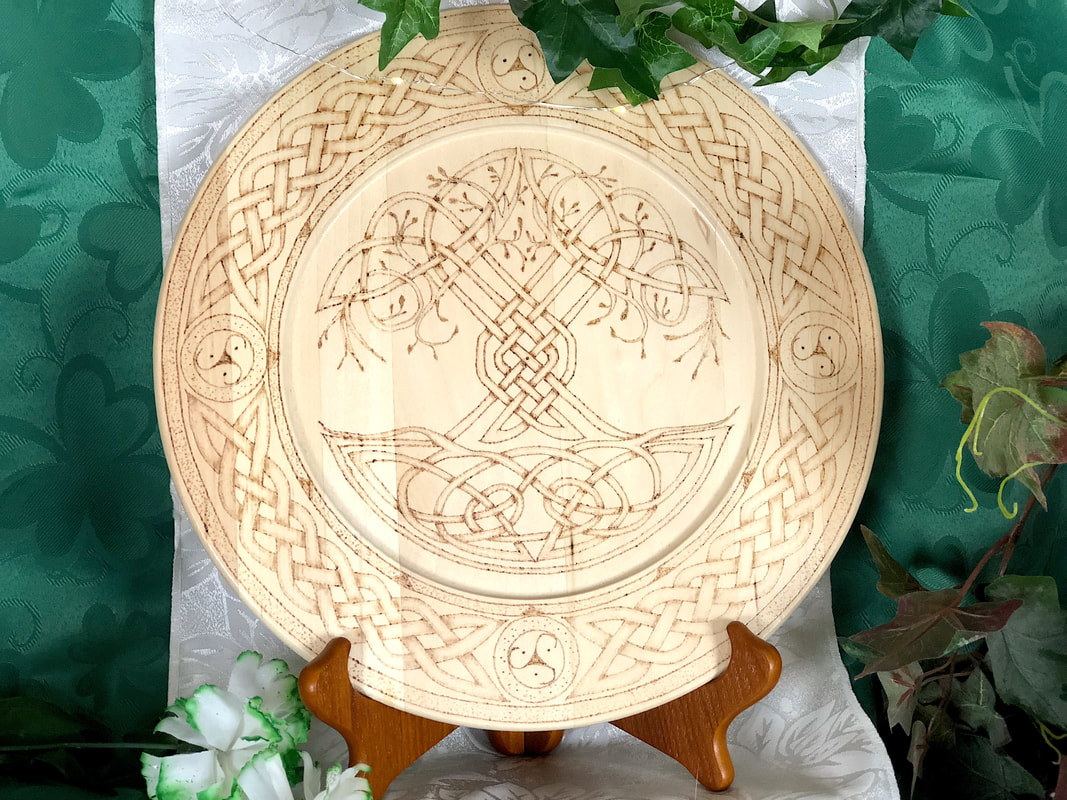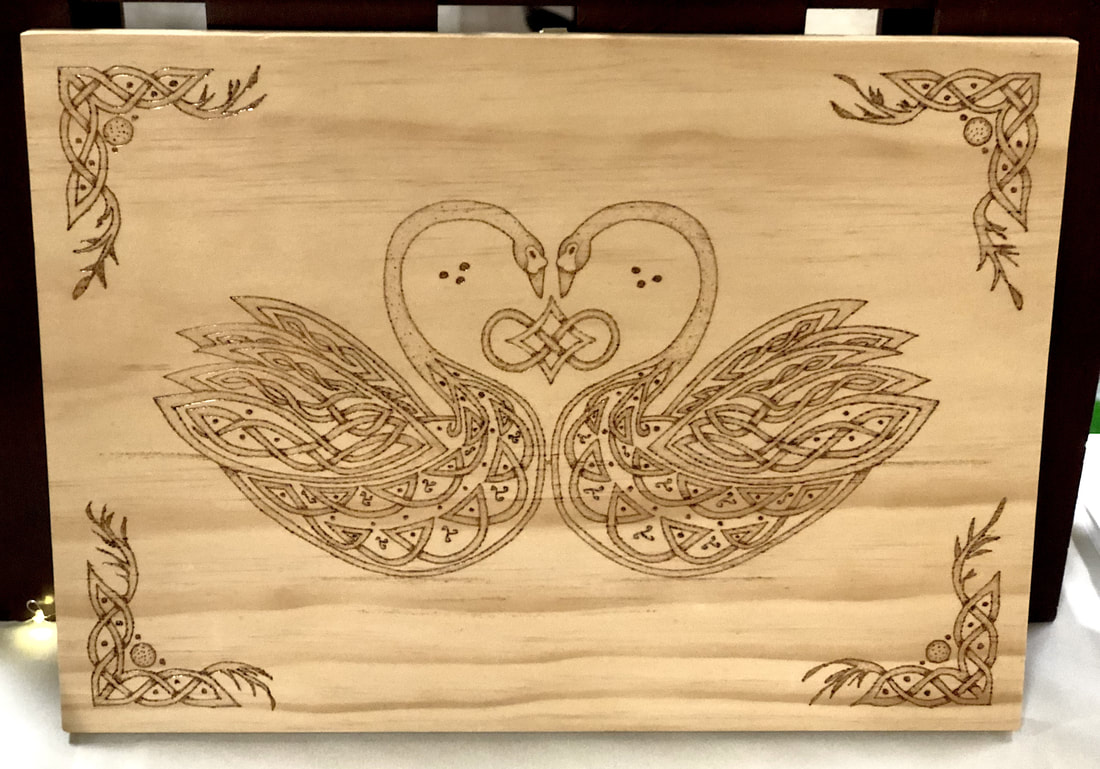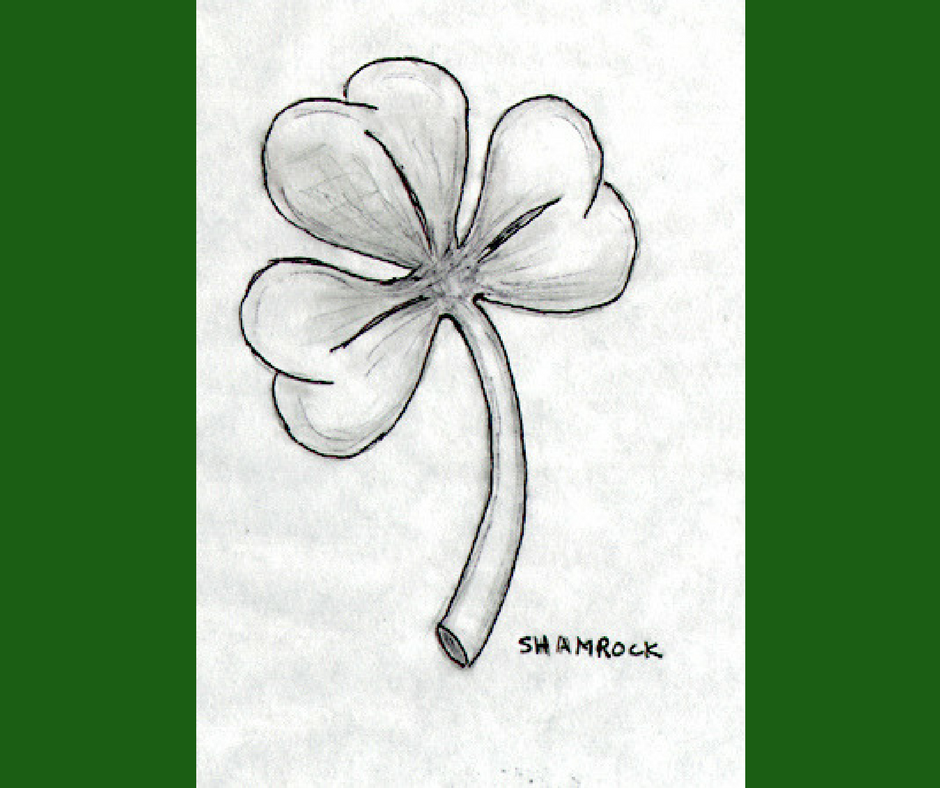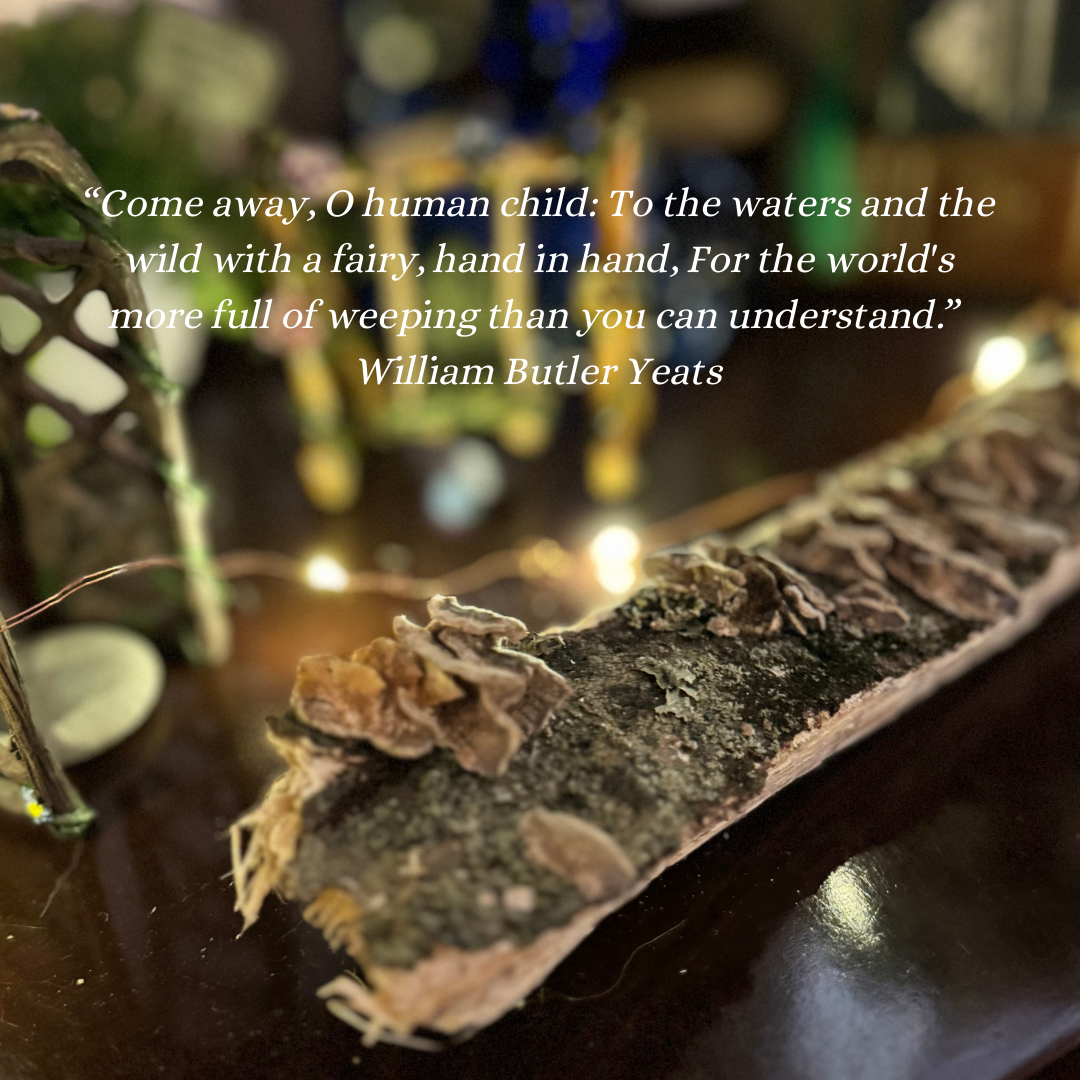|
As March 17 approaches, the world becomes obsessed with all things green. The internet is flooded with imagery of shamrock pots of gold and leprechauns. Everyone gets caught up in the fun of St. Patrick’s Day, and anyone can be Irish for a day! Young people re-enact a time-honored tradition to hit the town and down pints of Guinness (or other alcoholic equivalent) until the world spins. You know there’s something special about being Irish when EVERYONE wants to be Irish! As much as I love the fun, upbeat traditions of our current St. Paddy’s Day celebrations, I can’t help but feel a bit let down that most people don’t truly understand the rich and complicated nature of the Irish culture and people. It’s about so much more than what appears in modern commercial imagery. Irish culture and history stretch back into the mists of time, and yet we only really embrace the small portion that mainstream media has created. Irish or Celtic art is the perfect place to start if you want to explore the magical essence of the Emerald Isle. What we call “Celtic” art is a hybrid of very ancient art styles combined with a type of art developed over time by Christian monks who arrived in Ireland in the centuries following the death of Christ. These passionate monks used existing pagan culture and art fused with emerging Christian iconography to spread Christianity to the wild country of Irish pagans or Celts. One of the most well-known of these Christian missionaries was St. Patrick. St. Patrick was a pivotal character in Irish history, credited with establishing the Catholic religion in Ireland and the reason behind the holiday we celebrate on March 17. If you want to learn more about this important figure in Irish history, click here. Christian monks adopted and embellished many old Celtic customs, reinforcing the values of the growing new religion by using familiar visual cues from current customs. We can see examples of this in ancient Christian books and on Celtic crosses in old Irish, Scottish, and Welsh graveyards and churches. The fusion of pagan and Christian art styles and iconography resulted in beautiful works of art that are treasured today, like the famous Book of Kells, now held in the Dublin Trinity College Library in Ireland. If you are a true history buff and want to go even further back in time, the book Celtic Art, From its Beginnings to the Book of Kells by Ruth and Vincent Megaw, is an in-depth look at Celtic art before the time of Christ. The text is a historical reference for the types and uses of Celtic art dating from a time when the Celts ruled mainland Europe. (Notice how worn my copy of this book is!) One aspect of Celtic art—or, more accurately, Christian Celtic art—that has most fascinated me as an artist is the unmistakable knotwork or under-over weave design seen in many visual aspects of Irish culture. There is a certain spirituality connected to the creation of a knotwork design. So much focus goes into the drawing that it becomes almost a meditation. Knotwork isn’t strictly an Irish tradition--nor is it strictly Celtic--as the practice of using weave patterns in art goes back thousands of years and spans many cultures. The reason is that weaving lines create visually attractive and mesmerizing designs that can be incorporated into almost any situation. My favorite style of knotwork designs is those that look vine-like and are embellished with leaves, flowers, or animal anatomy. Ironically, even as the Christian missionaries were replacing long-held pagan traditions, a great deal of effort was put into preserving some of the history, mythology, and ideology. For instance, due to the efforts of these pioneering Christians, we know that water and trees, as well as many animals, had deep mythological meanings to the ancient Celts. Certain animals--like the boar, the stag, the swan, and the rabbit-- had special powers and symbolism. I can’t help but realize that the deeper I delve into Celtic art, the more appreciation I have for the Irish culture—especially their respect for the natural world. Through my works, I have embarked on a journey to discover the meanings behind important Celtic symbols. I am also realizing that these meanings are not static. Celtic art meanings and symbolism are open to interpretation and change somewhat over time. It’s an evolving art form, making it adaptable, enigmatic, and alive! So we will end where we began—with shamrocks, pots of gold, and leprechauns. Shamrocks were symbolic to the ancient peoples, usurped by St. Patrick to teach the concept of the Holy Trinity, and today used as a marketing tool for all things Irish. Pots of gold and leprechauns are more enigmatic, but the symbolism stretches back to pre-Christian beliefs. Nothing in Irish art and iconography is as simple as it seems on the surface. There is a deeper meaning behind even the most commercialized folklore. What do you find most intriguing about Irish culture? Feel free to leave your comments below. And Happy St. Patrick’s Day! Shop Celtic-inspired wood-burned art by Di's Studio Designs here! Related blog posts you may want to read: Basic Celtic Knot tutorial part 1 Celtic Knot tutorial part 2 The Celtic Motherhood Knot, a symbol of love Celtic Tree of Life A foray into customizable artwork Getting out of my own way
0 Comments
Leave a Reply. |
Author
Some of the posts on this site contain affiliate links. This means if you click on the link and purchase the item, I will receive an affiliate commission. Categories
All
Archives
October 2025
|






 RSS Feed
RSS Feed
